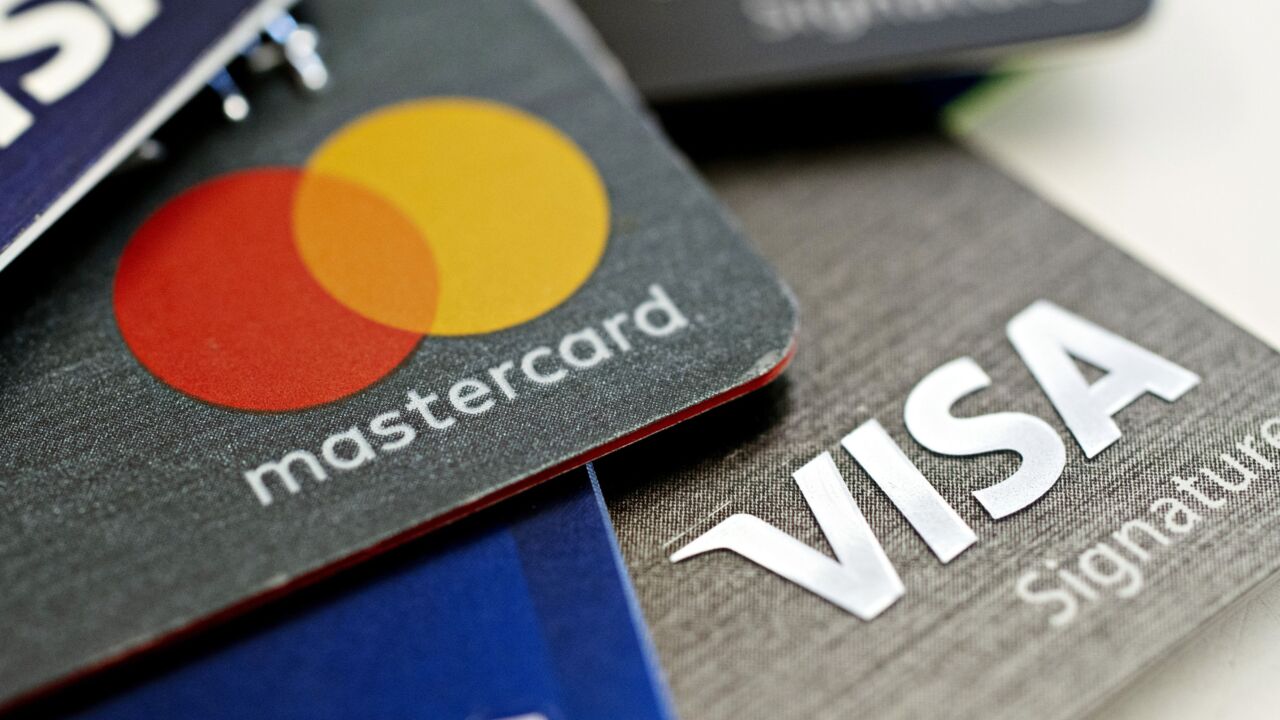The U.S. was an early adopter of modern financial technology, and that’s keeping us stuck in the past.
There’s a growing payments gap between businesses in the U.S. and the European Union (EU). EU businesses rely on electronic banking transfers (less than 10% use checks) to meet consumer expectations. In the U.S. however, nearly half of all B2B payments are made using checks.
The EU’s centralized banking structure and support of a unified currency, the euro, helped drive the European economy’s digitalization and encouraged early adoption of new payments technologies.
Without a major driver for a financial transformation in the U.S., a digitized economy with a unified banking system has yet to emerge. As a result, large-scale integration between banks and business accounting software doesn’t exist, and quite frankly, isn’t in demand. Common accounting software solutions encourage the continued use of checks by making them simple to print and send — an easy choice for businesses.
The U.S. is vast, both geographically and demographically. As a result, early adoption can actually halt the chances of future innovation.
Self-service payments illustrate the downside of early adoption in the U.S. At U.S. gas stations, pay-at-the-pump has been a consumer staple since the mid-1980s. But across the pond, gas stations relied on cashiers and a single POS system inside the store. It may seem like the U.S. is far ahead in terms of financial innovation — and it was, up until chip cards became popular. Because Europe had not updated its magnetic stripe card readers at the POS, it was easier for European merchants to add new hardware and technology to their stores and pumps to support chip cards. But removing old readers and upgrading gas pumps across the U.S. is an expensive proposition.
The same conundrum is playing out with B2B payments. Despite the expense of wire transfers and the working capital issues that checks create, U.S. businesses are ingrained in their current payment processes. Upgrading the entire U.S. banking system to support electronic payments would be extremely difficult and time-consuming. But with the financial integrity of businesses in mind, it’s a necessary task to tackle.
While businesses wait for the U.S. to follow Europe’s lead, they have the option to pursue payments innovation by partnering with fintechs. Quality partners can help businesses with fraud protection and working capital management, and set up electronic payment methods for customers.
The U.S. must employ rapid fintech innovation and financial leadership collaboration to keep up with or outpace European businesses. The entire financial system will only advance with innovation like out-of-the-box integrations between accounting software and banks, along with strategic trend adoption. With these innovations in mind, the U.S. has a chance to be more than just a too-early adopter, developing a global reputation as a fintech powerhouse.





